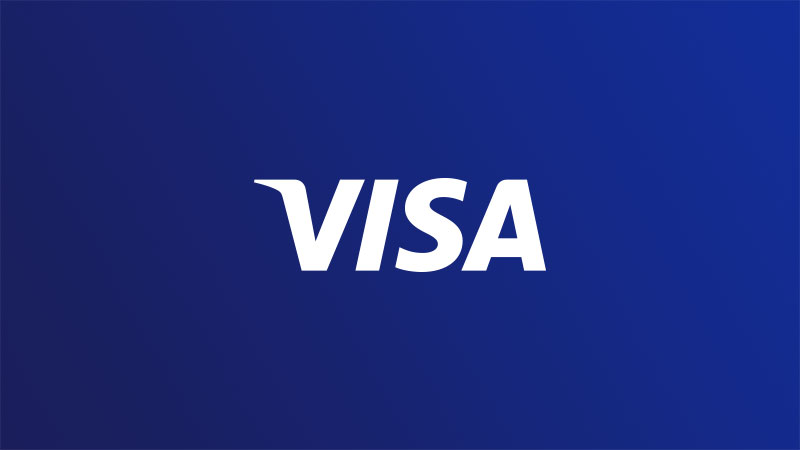Could a fake finger spoof your smartphone? Five facts about biometrics

Ever wondered whether an identical twin could fool a facial scan or if a 3D-printed finger could help a stranger unlock your smart phone? So has Visa. Staff research scientist Sunpreet Arora in Visa’s applied research laboratory experiments with methods of biometric authentication, from the familiar—such as fingerprint, voice and facial recognition—to new ideas like behavioral and palm-vein recognition. The goal is to put biometrics to the test to keep online and real-world payment scenarios safe and secure.
Arora, who holds a Ph.D. in computer science and has expertise in machine learning, computer vision and applied cryptography, explains five things to know about biometrics in this video.
Visa research indicates that consumers continue to have a strong interest in new biometric technologies, with 50 percent citing the elimination of remembering multiple passwords as a top benefit. The technology could benefit online merchants as well, as 49 percent of consumers said they abandoned internet shopping carts simply because they couldn’t remember passwords.
Biometrics are proving to be a path to safer, more-secure payment experiences that are convenient for consumers and practical for merchants. As the number of connected devices grows to more than 20 billion by 2020, the technology will only become more critical as new ways to pay and be paid are created to fuel commerce.